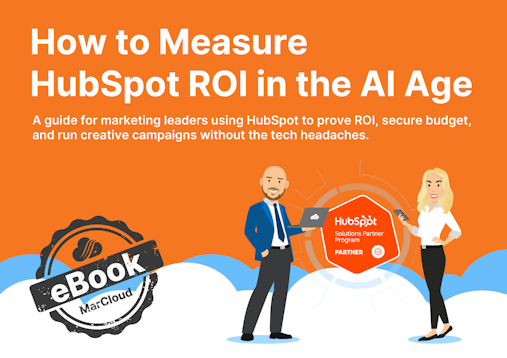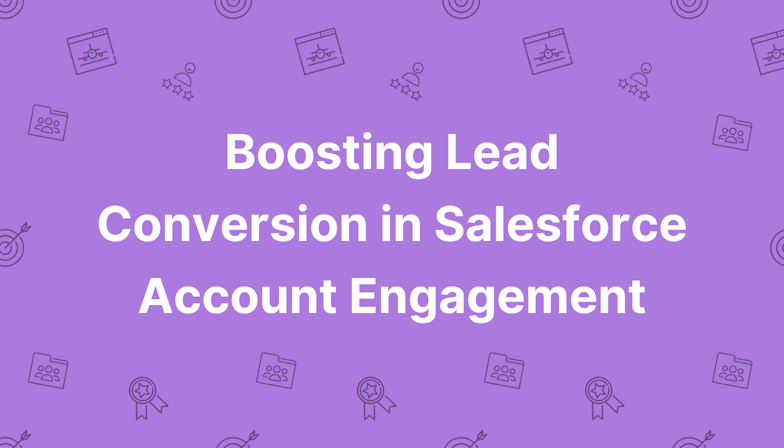HubSpot provides a wide range of pre-built workflow templates, which can be incredibly helpful for beginners. They save time and give you a foundation to work from. Therefore, if you’re new to HubSpot, it’s tempting to rely on the template workflows.
However, templates don’t understand your business, your data, or your goals. Blindly adopting them can mean you miss important nuances, like custom properties, your unique sales process, or specific compliance rules.
By building workflows from scratch (at least in the beginning), you’ll learn how the system works and design automation that’s tailored to your needs. Later, you can use templates for efficiency without risking misalignment.
Where to from here?
HubSpot workflows are designed to make your marketing life easier, but only if they’re set up and maintained properly. From suppression lists and enrollment rules to segmentation, analytics, and AI, there are plenty of ways to get tripped up. The biggest pitfalls we see are:
Mismanaging ‘Marketing Contacts’ and spiralling costs.
Overcomplicating workflows to the point of confusion.
Running workflows on unclean, unreliable data.
Add in a tendency to lean too heavily on templates, and you’ve got a recipe for missed ROI.
The good news is that with clear processes, regular audits, and a focus on simplicity, you can avoid these pitfalls entirely. Our marketing automation experts can help clear the path for you.
If you’re struggling to get your workflows working as they should, or you just want peace of mind that your automation is set up for maximum ROI, our HubSpot specialists can help. Contact MarCloud to discuss a workflow audit.





